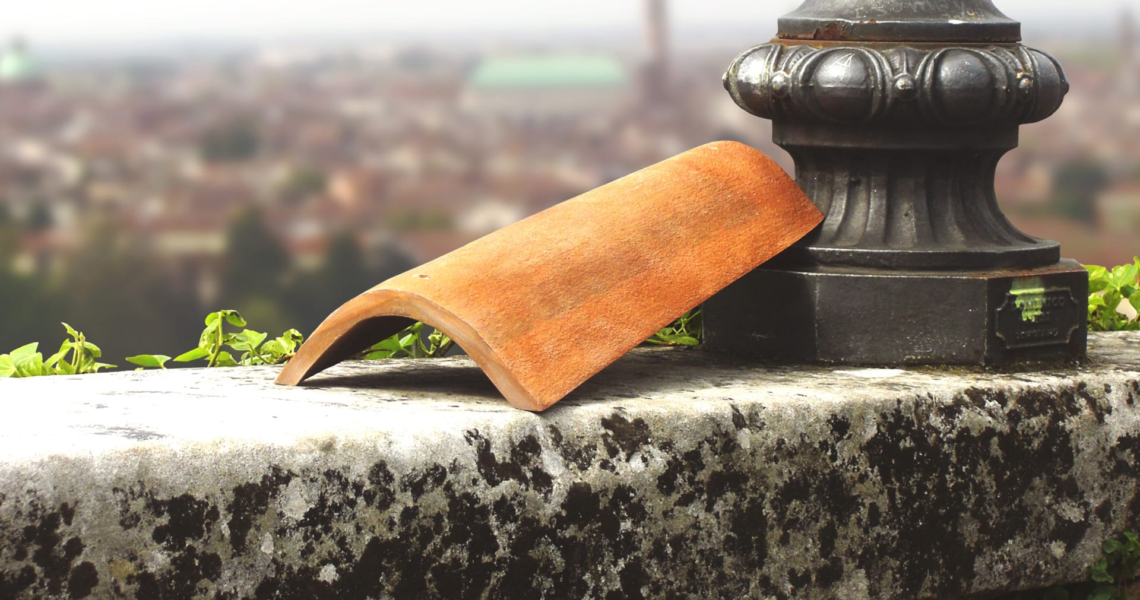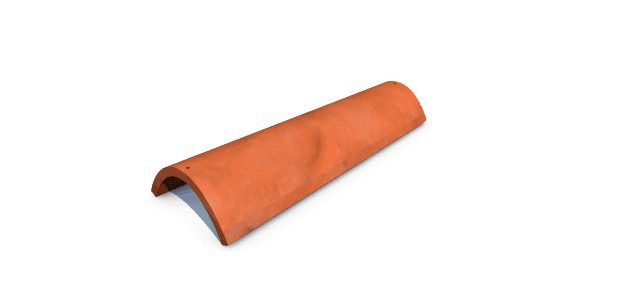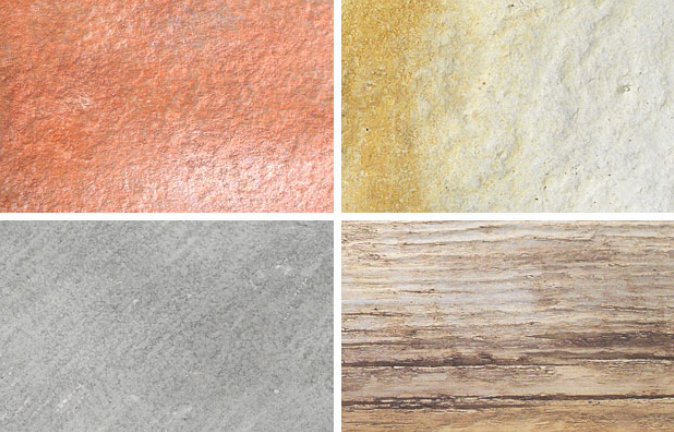
Terracotta solar tiles: sustainability and culture “shake hands” at Vicenza
24/05/2024Sunlight utilization is a major advantage when countering worldwide energy depletion. Solar energy solutions are cheap, environmentally friendly and of low-maintenance, a worldwide accessible resource that provides numerous benefits. But, what can you do when your city has prohibited the mainstream solar energy methods? Various regions have banned the use of photovoltaic panels due to cultural preservation. Now, they are left to brainstorm over possible eco-friendly alternatives.
Italy has the solution

Dyaqua is a family-owned workshop in Vicenza, Italy, which specifies in developing “invisible” solar products. For over a decade, the workshop aimed to develop solutions that allow for historic cities to utilize solar energy. In 2010, the workshop’s founder Giovanni Battista Quagliato created the first prototypes of solar terracotta rooftiles, meant for redesigning the roofs of historical places all throughout Italy. After thorough experimentation, Dyaqua released the tiles into the public in 2019. By now, the tile installation has finished in Pompeii while a larger installation will soon begin in Evora, Portugal, as part of an EU-funded project. The project scope is to re-design historic cities to “become greener, smarter, and more livable while respecting their cultural heritage”.
How it works

The modules use a non-toxic and recyclable polymer compound that lets sunlight flow inside through embedded monocrystalline silicon cells. The production process involves placing a layer of photovoltaic cells in the middle by hand. Moreover, the surface of the module is photocatalytic. It has a natural process to turn dirt and smog particles settled on it into harmless salts, which are removed by wind and rain. In addition, the installation does not require any particular skills, making it easy for any installer to apply. They apply like standard clay tiles without creating a structure for mounting, as the tiles already connect to each other.
Benefits of using Invisible Solar Tiles

Surface imitation of terracotta, stone, concrete and wood
The workshop offers more styling options, allowing for many possible combinations of shapes and colours.
Aesthetic Value: Solar tiles resemble traditional Greco-Roman roofing tiles. Whilst they have all the benefits of solar panels, they look like attractive roofing. This establishes them as an ideal choice for those discouraged from investing in solar tiles or panels due to the aesthetic appearance of PV panels.
Energy Efficiency: Despite their attractive design, solar tiles provide an efficient way of producing solar energy.
Durability: Solar tiles fulfill the work of normal roofing tiles with the addition of solar panel use. They are resistant to weathering, fading, and corrosion, making them a reliable choice for long-term use.
Conclusion
While solar tiles may not be as efficient as a solar panel in taking advantage of solar energy, they are a major upgrade against traditional tiles. Moreover, by applying the same approach, more materials can “hide” solar, such as stone, concrete or wood. It is a revolutionary upgrade which elevates and preserves cultural aesthetic while providing sustainable solutions.
References
Rooftile PV. Invisible Solar. (n.d.). link
Smartly Energy. (2024, April 18). What are terracotta solar roof tiles? link
These “terra-cotta” tiles blend in perfectly with … (n.d.). link